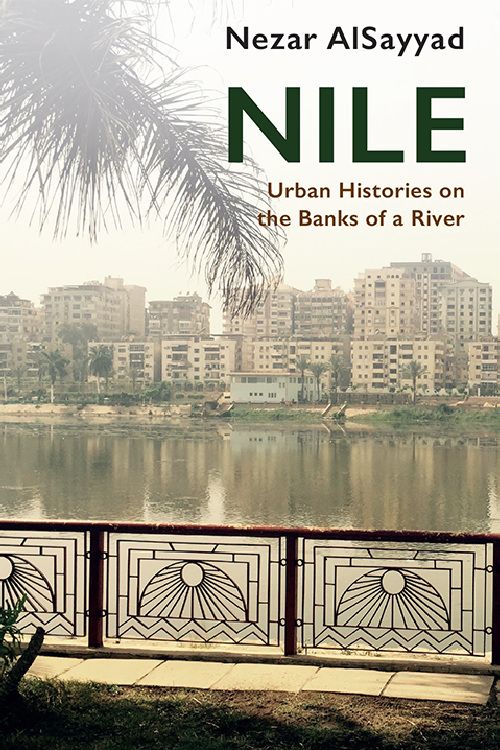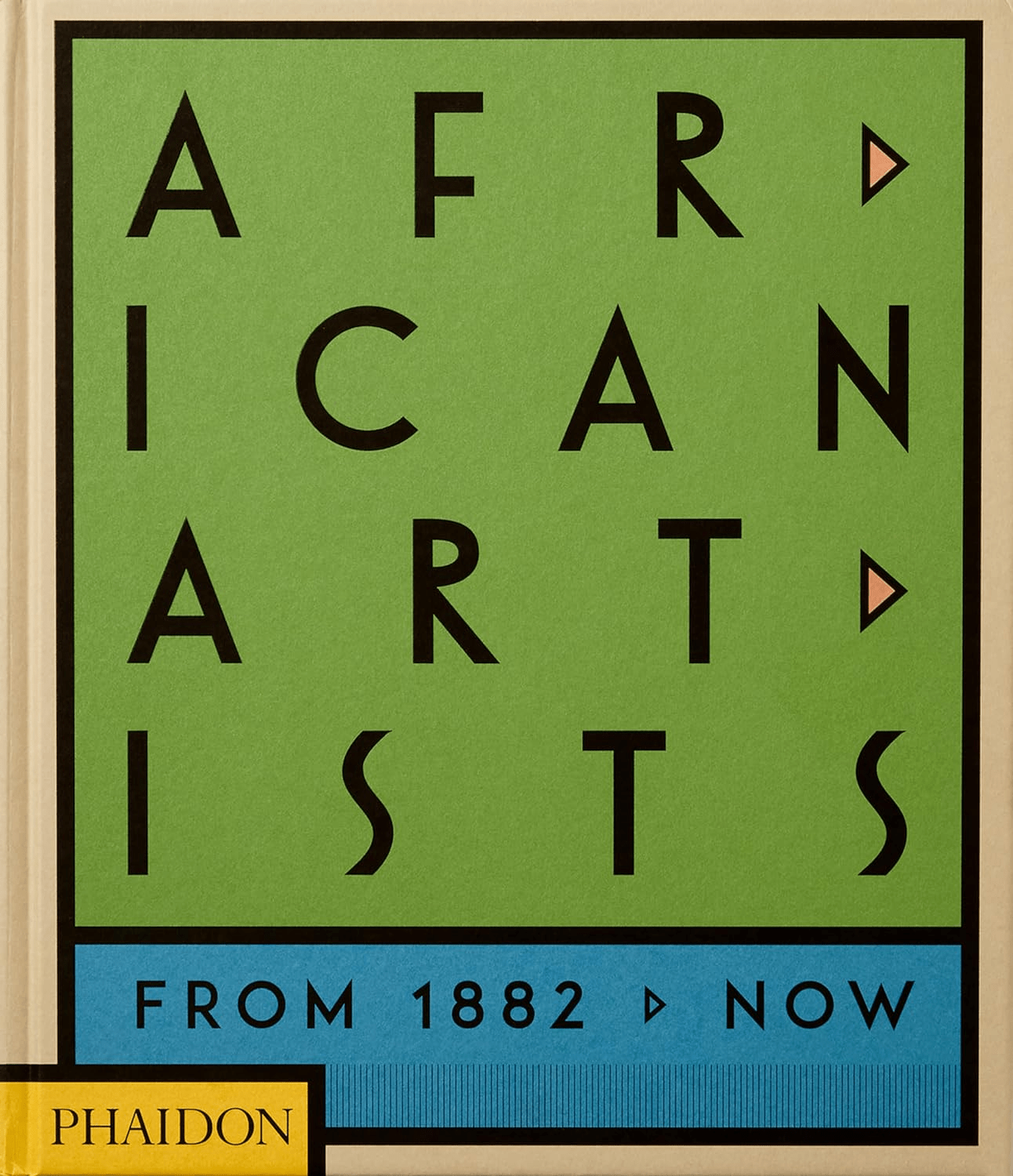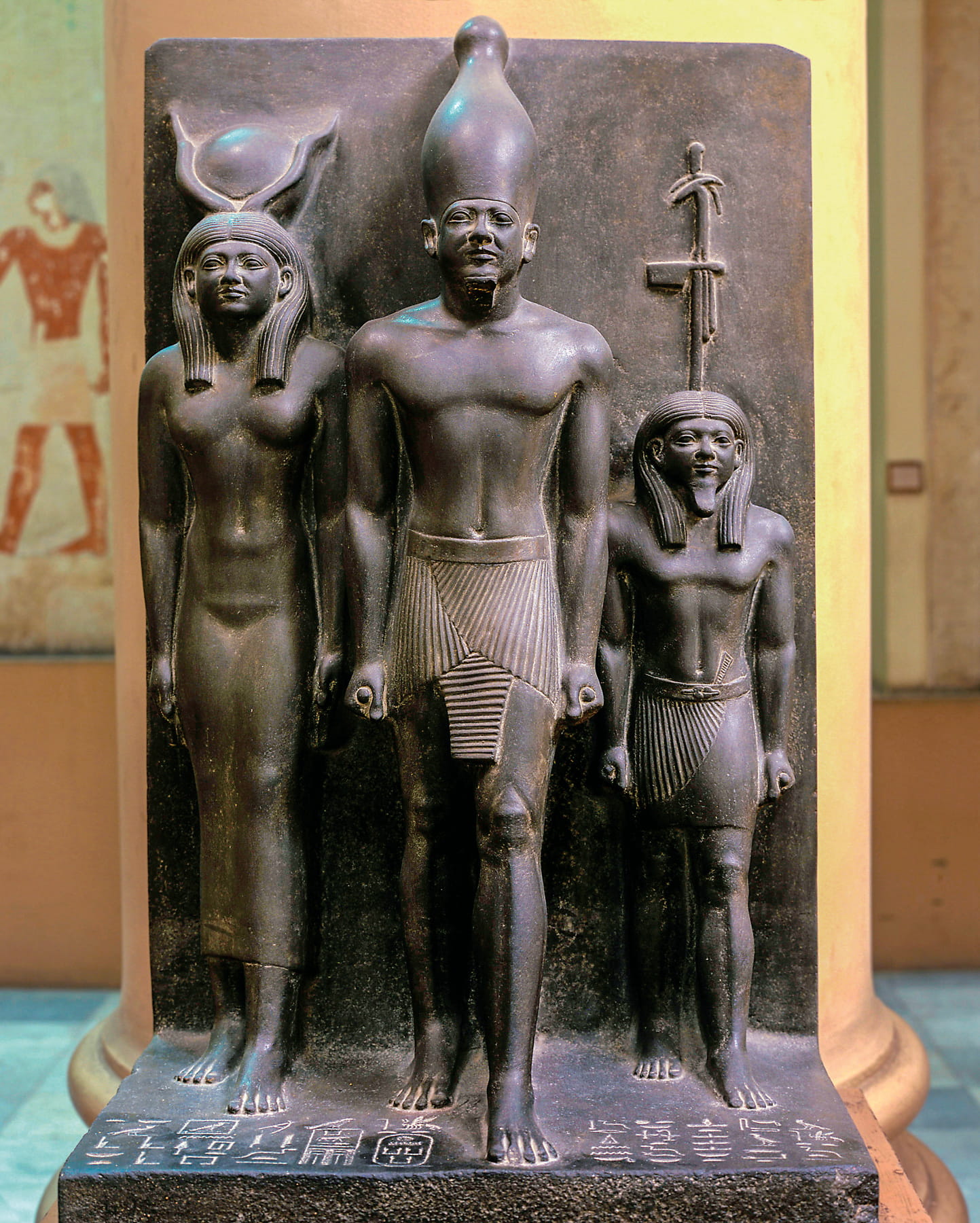
Nile: Urban Histories on the Banks of a River
Tom Verde
Nezar AlSayyad
Edinbergh UP, 2019.
Egyptian urban historian AlSayyad tells the story of the world’s longest river (6,825 kilometers) through a series of vignettes connected with its journey through history and 11 different countries. He treats the Nile as well as its tributaries and lakes “as actors on [a] stage,” with pharaohs, sultans, conquerors and explorers playing supporting roles. The search for the river’s elusive source intrigued the likes of classical Greek historian Herodotus, medieval Arab cartographer al-Idrisi, and intrepid 19th-century British explorer Stanley Livingstone. Without the Nile’s nutrient-rich silt deposits running downstream from the Ethiopian highlands, pharaohs such as 13th-century-BCE Rameses the Great could never have ruled over as rich and prosperous a kingdom. Their retelling offers a fresh look at the history and impact of one of the world’s oldest civilizations. As AlSayyad concludes, the existence of urban centers and monumental sites, from Alexandria to Abu Simbel, Khartoum to Kampala all owe some measure of debt to the Nile.
—Tom Verde
You may also be interested in...

A Century of African Art, in 300 Voices, All in One Book
From Cairo to Khartoum to Casablanca, this volume traces how African artists have shaped—and reshaped—modern art over the past century.
The Legacy of Egyptologist George Reisner—Our Book Review
When George Reisner died in 1942, he did so surrounded by ghosts—not just the pharaohs he’d unearthed but the stacks of unpublished notes that entombed his legacy.